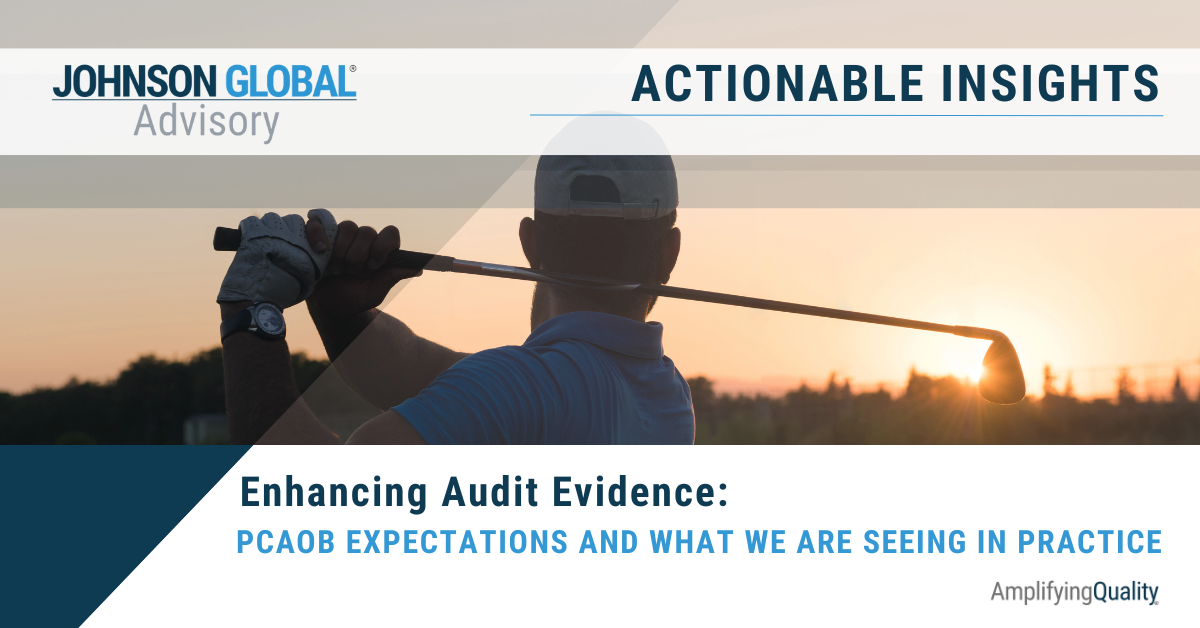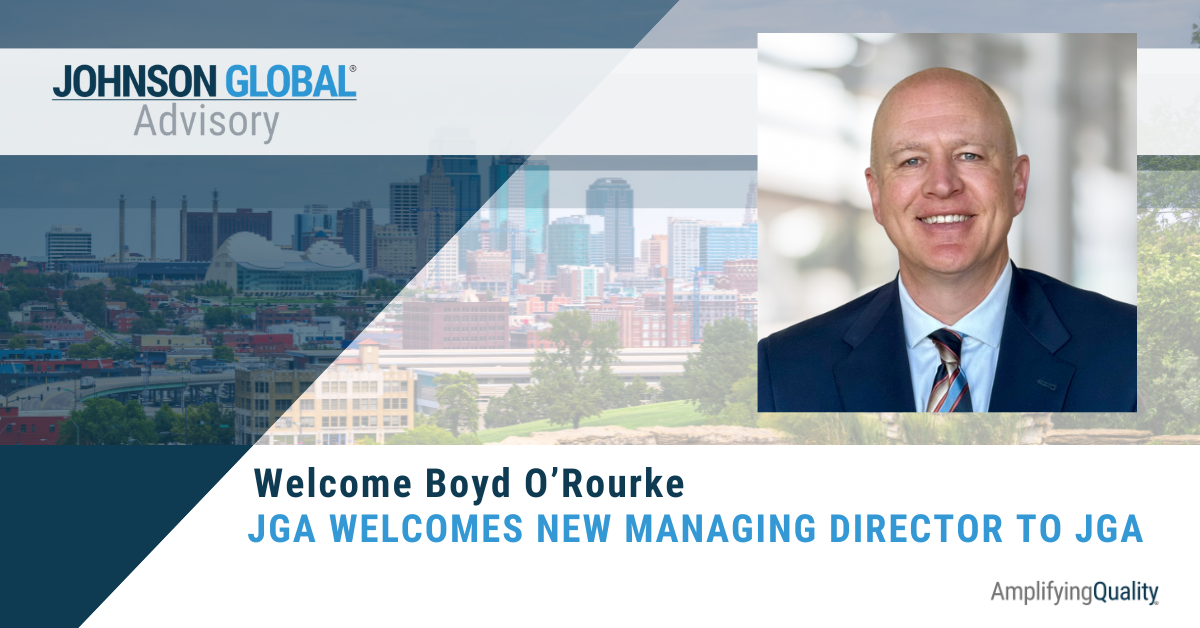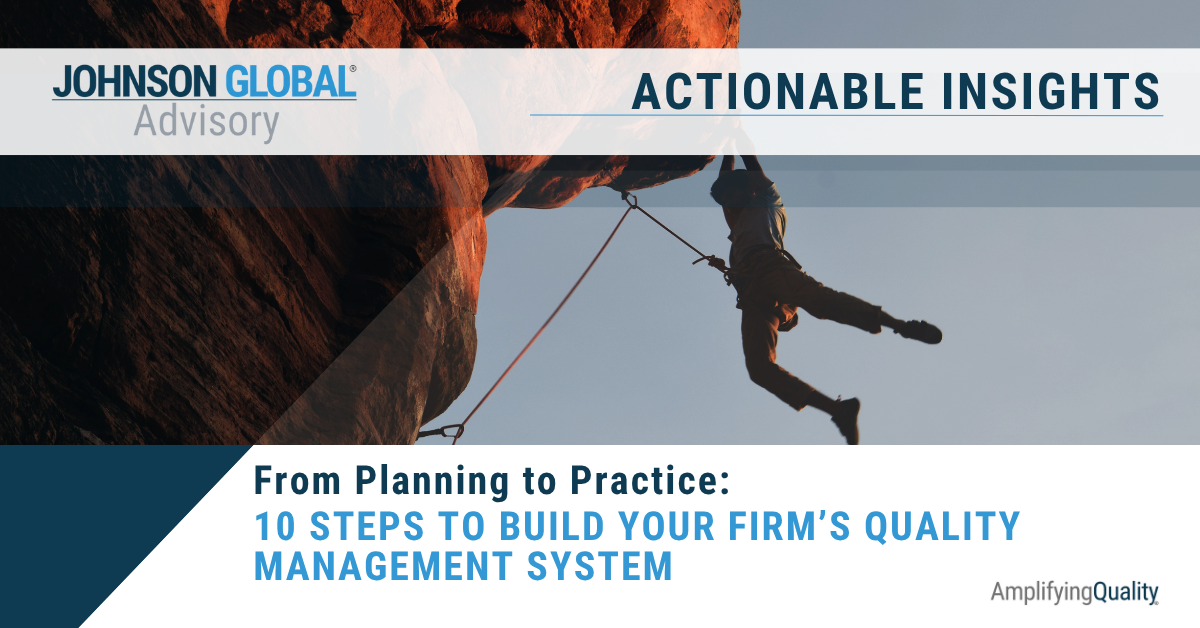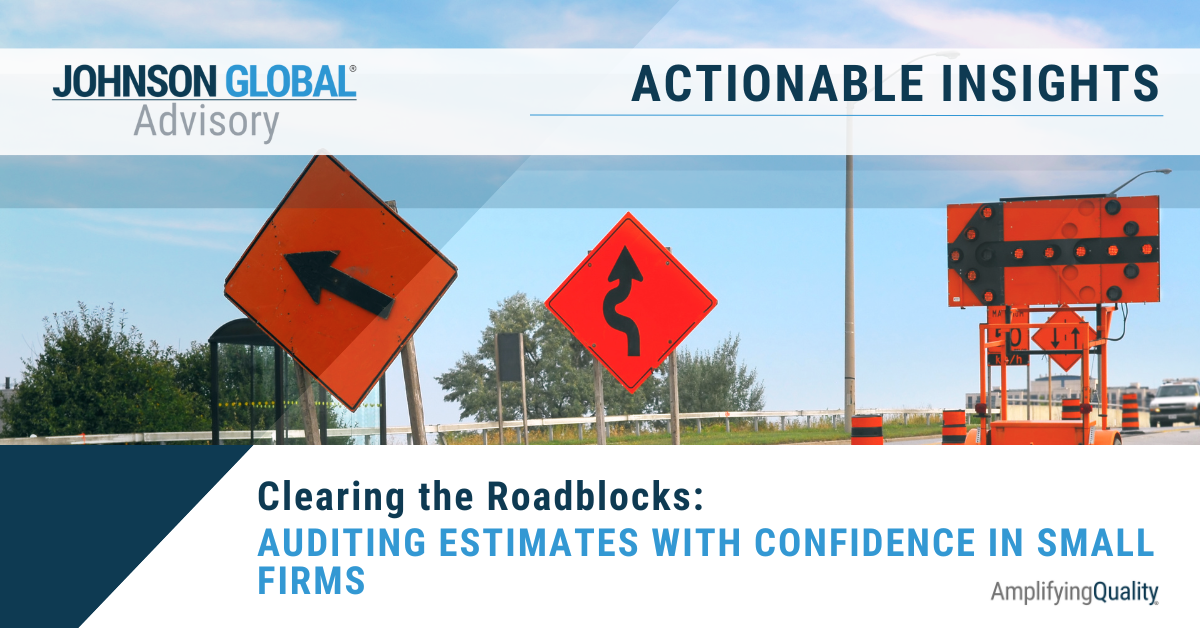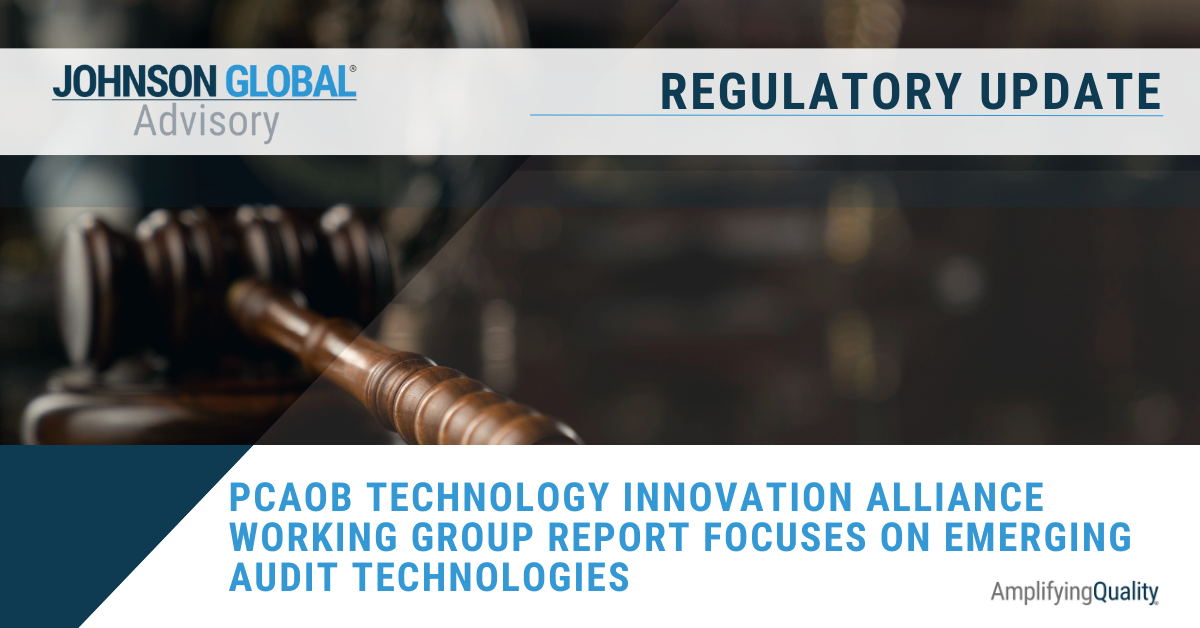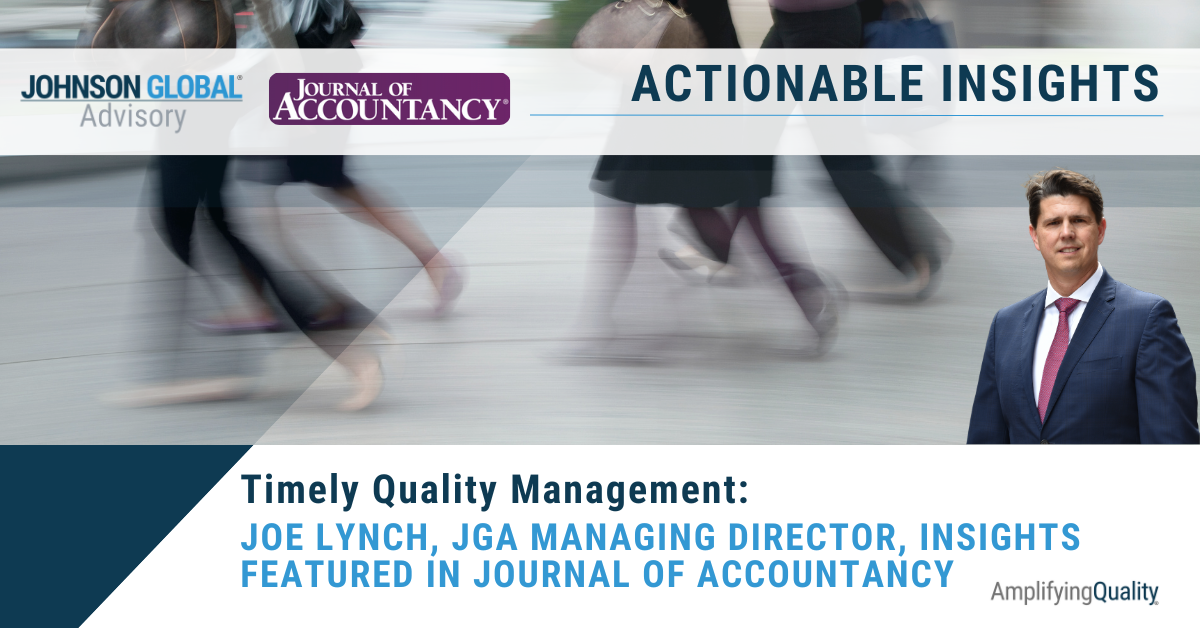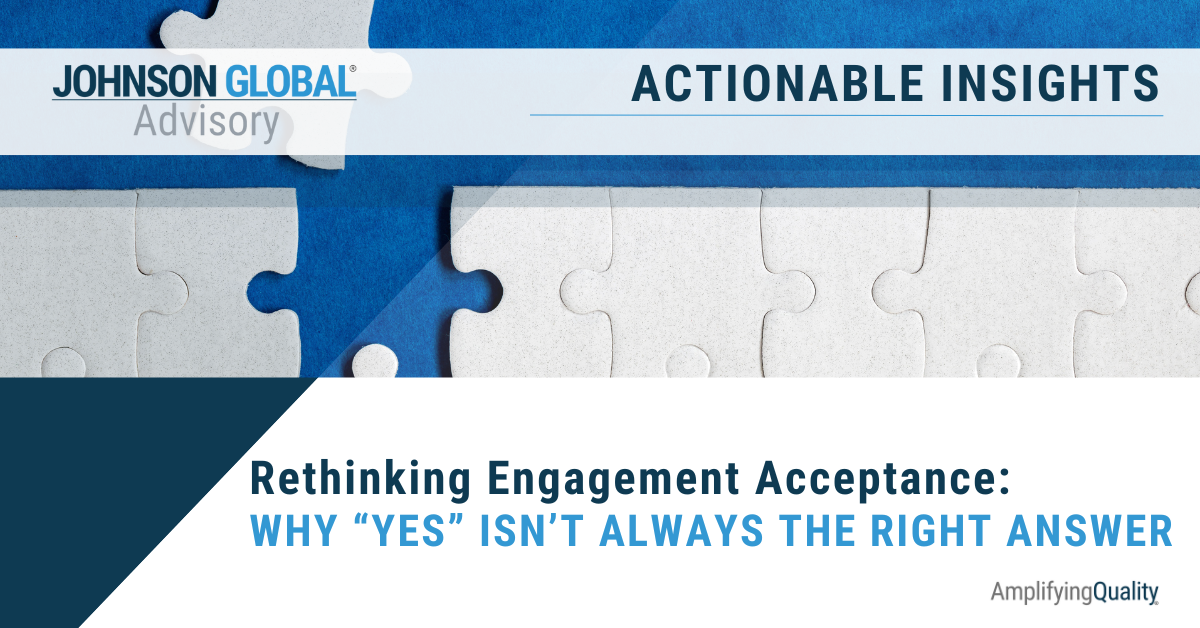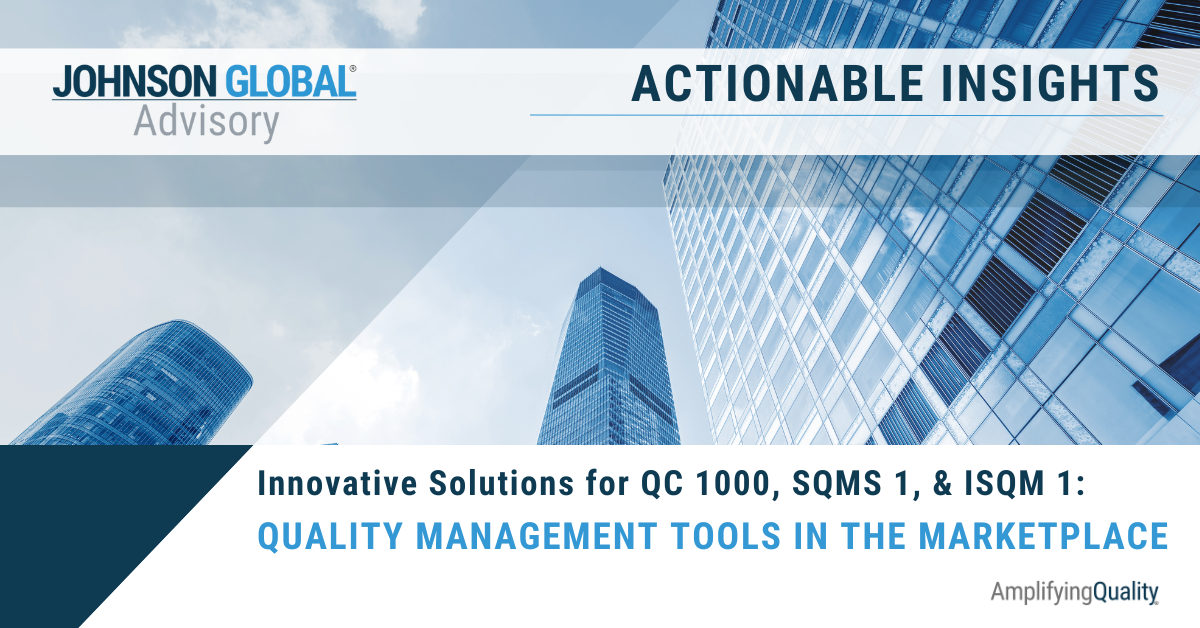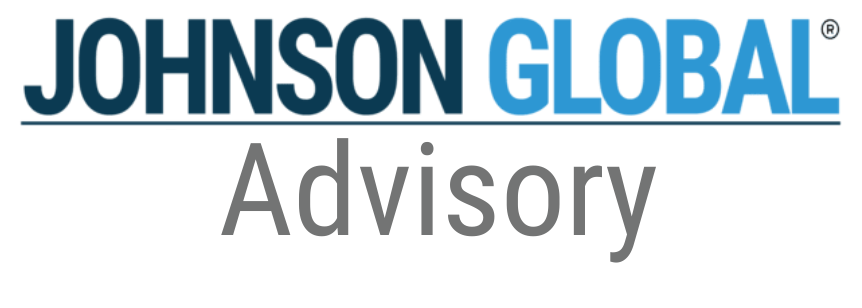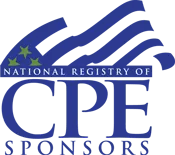Easily Forgotten, but Always Essential: SOC 1 Reports in a Year of Substantial Change

Yes, we know, 2020 was the year of change. Gone are the days of “same as last year.” Unfortunately, we already know busy season is going to be like no other. In previous blogs, we have discussed how the pandemic has forced great change in the design and testing of controls. Controls that were designed to operate a certain way have likely changed due to personnel changes (AKA downsizing) and operational changes (such as working remotely). This also means controls are now operating remotely as well. As a result, the nature, timing, and extent of engagement teams’ testing of these controls has had to adapt.
While we tend to focus on the management’s controls at the company, let us not forget the controls operating outside the company at service organizations (reported on in System and Organization Controls (SOC 1) reports) 1 . These controls, and the company controls over them, are equally critical components in the overall system of ICFR. Even pre-pandemic, we often observed that engagement teams struggled to appropriately consider and evaluate SOC 1 reports in the context of their audit approach and their ability to rely on those reports, especially when findings are identified in those reports. Now layer on the uncertainty and changes from the pandemic, management and engagement teams should plan for the unexpected. Here are our top recommendations to ensure your engagement teams look at this important, but often underemphasized area with a fresh perspective during this unpredictable audit busy season.
Review the SOC 1 report early – earlier than last year. As part of the design of controls, management should identify which service organizations it has relied on within the company’s internal control process. Similarly, engagement teams should make a point to have early discussions with management as part of the audit planning strategy. For companies with a calendar year end, these conversations should have already happened in order to support the engagement team’s reliance over service auditors in the audit planning process. The purpose of this is to understand what changes, if any, were made to the work performed by the service auditor and the results of that work, including any changes to adapt to the global pandemic that affects management’s internal control design and assessment. If SOC 1 reports are not available yet, management should contact the service provider to find out the status of the report and ask about known issues. Engagement teams should be on the lookout for:
- Opinion qualification.
Ensure that management addresses any qualifications and evaluate the effect such qualifications have on management’s ability to rely on the service organization. Both management and engagement teams should have these discussions immediately to understand the effect of an unexpected qualification, especially if the engagement team has any concerns with the results laid out in the SOC 1 report. Nobody wants surprises at the 11th hour.
- Deficiencies and findings. In addition to reviewing the overall SOC 1 report opinion, engagement teams should look through each of the control activities and identify if there are any one-off deficiencies and findings and the effect these deficiencies have on the control environment. Management should have done this themselves, however we are noticing a growing trend with firm clients that this is not happening. Therefore, they have not. When evaluations of the deficiencies within each testing objective are left until the last minute, engagement teams are under pressure because management has to scramble to explain why those findings in the service auditor testing do not negatively affect the company’s control effectiveness. In some cases, we have advised our clients that management needed to quickly identify replacement controls to overcome these issues.
Take the time to compare and understand any changes in scope. Given year over year changes in controls and the risk that certain controls may not be operating as they were previously, SOC 1 reports will likely look different compared to last year. In extreme cases, some control objectives with deficiencies may be left out in an effort to maintain a “clean report.” We recommend that engagement teams take a closer look at how management mapped the relevant control objectives against the control activities that are being performed at the service organization. Given the significant changes to control environments at companies, we expect that the scope of the service auditor’s testing may not be “the same as last year.” Applying this expectation early will ensure the management, and in turn, auditors identify and address these changes completely and timely.
Do not forget to appropriately evaluate CUECs. CUECs are the controls that are the responsibility of the user entity to implement and operate effectively. These controls are listed in the SOC 1 report.
During our work with clients, we often note that engagement teams fall short when reviewing and testing management controls that address all relevant CUECs 2 . Much like the changes we have seen at companies, service auditor control considerations continue to evolve because of new controls, new service offerings, or changes in the design of existing controls to adjust to the new normal. Service organizations continuously update the CUECs, and so user entities need to make sure their understanding of the CUECs is always up to date.
To evaluate the scoping of CUECs – especially when any CUECs are considered not applicable or not necessary to test, consider these questions:
- Did the engagement team compare the current year CUEC listing to the prior year to identify any new or different controls this year?
- Are all CUECs linked to controls tested for operating effectiveness?
- Have any CUECs been scoped out? If so, what is the rationale from management?
- Has the evaluation for why a CUEC is scoped out been corroborated through substantive procedures?
- Is the work performed and documented in accordance with PCAOB AS 2601, AS 1215, and AS 2201 (if applicable)?
The key for the engagement team is to make sure that each relevant CUEC in the SOC 1 report is mapped to specific controls and in operation by the issuer and tested for operating effectiveness by the engagement team.
As we have seen cases when engagement teams miss the mark, it is important to remember that the PCAOB will hold your testing around SOC 1 reports to the same standard of controls testing just as if these were the company’s controls. For example, when testing controls that address CUECs, the same audit approach would apply over elements such as:
- Design effectiveness;
- Sample sizes;
- Evaluation of adjustments and deficiencies in internal controls; and
- Conclusion by the engagement team over operating effectiveness.
Examine the relevance and approach over sub-service organizations. Oftentimes, the report carves out specific sub-service organizations which management and engagement teams tend to overlook. This can sometimes be found in the opinion or in the write-up describing the operations and structure of the service organization, however, the report will always make clear what was in or out of scope in the opinion. It is vital that these sub-service organizations are assessed as to whether they are relevant to the internal control process and how internal controls would cover the sub-service organizations 3 .
Evaluate the bridge letter and its effect on the audit. Many times, the SOC 1 report will not cover the full period under audit, most frequently missing a period at the end of the year and posing risks for the audit of internal control over financial reporting. If this is the case, engagement teams should remind management to obtain a bridge letter from the service organization where the service organization represents that its controls have remained consistent since the last audited service auditor report.
For the engagement team’s assessment over the bridge letter obtained by management, the PCAOB has generally accepted a bridge letter to cover a period up to three months since the end of the last SOC 1 report period. Once a bridge letter starts to extend beyond three months, engagement teams should ensure that management is performing additional procedures such as testing additional controls to supplement the fact that last SOC 1 report may not be consistent with the internal control environment of the service organization as of the end of the year. With the onslaught of COVID-19, management should not assume that the service organization will continue to provide a bridge letter along the same timeline as in prior years OR that controls during the “bridge period” did not change. In fact, we expect the controls could have easily changed if operations went remote. If they did change, then management and the engagement team need to consider whether additional testing is required. It is imperative that management communicates with the service organization to ensure that the bridge letter is being received as expected and allows management ample time to evaluate and address anything unexpected.
Ultimately, SOC 1 reports are no different than any other internal control activity – management should already be communicating with its service organizations to understand any changes to the controls being tested at the service organization as well as changes in timing. While the service organization is the responsibility of management, we encourage engagement teams to be proactive in discussing these matters with management and evaluating SOC 1 reports in a timely manner. This will help engagement teams develop an appropriate audit strategy which will result in a smooth year-end audit.
Geoff Dingle, JGA Managing Director, works with PCAOB-registered accounting firms helping them identify, develop, and implement opportunities to improve audit quality. With over 20 years of public accounting experience, he spent nearly half of his career at the PCAOB where he conducted inspections of audits and quality control. Geoff has extensive experience in audits of ICFR and firms’ systems of quality controls. Prior to the PCAOB, he worked on audits in various industries at Deloitte in Atlanta and Durban (South Africa).
Jackson Johnson is president of Johnson Global Accountancy, a public accounting and consulting firm with clients throughout the world. He works directly with PCAOB-registered accounting firms and other firms to help them identify, develop, and implement opportunities to improve audit quality.. He also works with public and private companies on various technical accounting and transactional matters. His experience includes nearly six years with the PCAOB, where he worked with small and medium-sized accounting firms throughout the world, including foreign affiliates of large international accounting firms, in the areas of firm quality control and ICFR audits of financial statements. Prior to the PCAOB, Johnson worked with public and private clients in a variety of industries at Grant Thornton LLP in Boston, Los Angeles, and Hong Kong.
1 A SOC 1 report (System and Organization Controls report) is a report a user obtains from a service organization describing the controls which are relevant to the user entities’ financial reporting that have been outsourced, performed, and opined on at the service organization.
2 Complementary User Entity Controls
3 See section 2 of Auditing Interpretations of AS 2601 for more considerations on this topic. https://pcaobus.org/oversight/standards/auditing-interpretations/details/AI18
